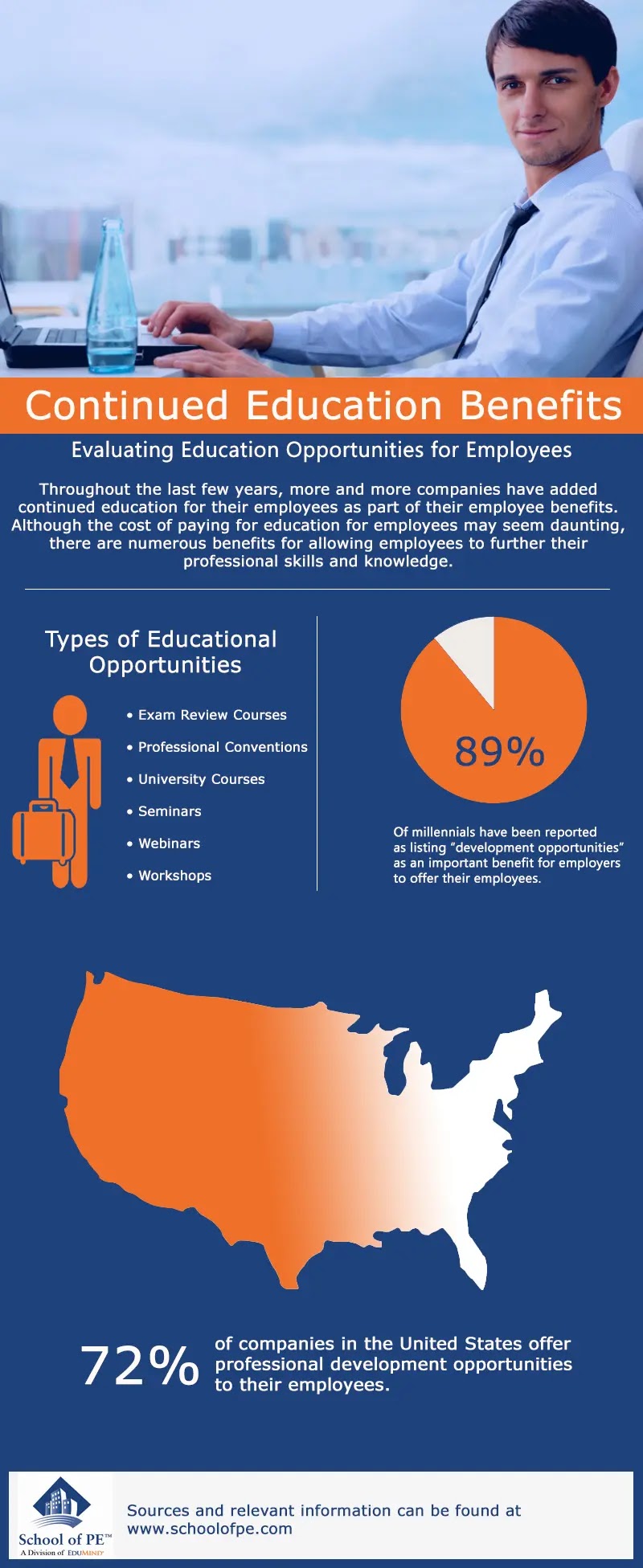You studied for months, and now you have finally taken the PE exam. You have spent so much time thinking about the exam, but what happens after you actually pass the PE exam? Once you have earned your professional engineering license and you can finally call yourself an engineer, it's important that you understand how to maintain your PE license.
Most states have engineering continuing education requirements. In fact, 42 states do. By taking online engineering continuing education courses, participating in an engineering continuing education webinar, or attending engineering conferences, engineers earn professional development hours (PDHs), which they need in order to renew and maintain their active PE license.
Each state has different requirements for the number of PDHs engineers need to complete and how often engineers must renew their PE license. While some states require an annual renewal, others require a biennial or even triennial renewal.
Whether your state requires 15 PDHs annually like Texas does or 36 PDHs for a triennial renewal like New York does, it is important to understand what your state's exact specifications are for PE license renewal. For instance, of the 18 PDHs that Florida requires for its biennial renewal, four of the PDHs must correlate to the engineer's specific area of practice, one PDH must relate to the state's laws and rules of professional engineers, and one PDH must relate to the state's professional ethics.
You've worked hard to earn a PE license, and you shouldn't have to stress about maintaining that license. Understand what your engineering state licensing board requires of you, and start working on earning your engineering PDHs.




